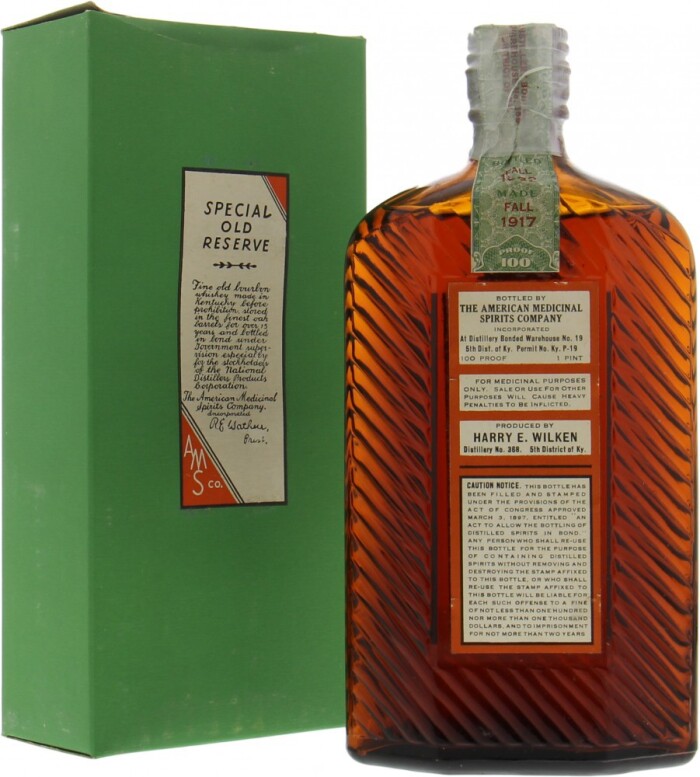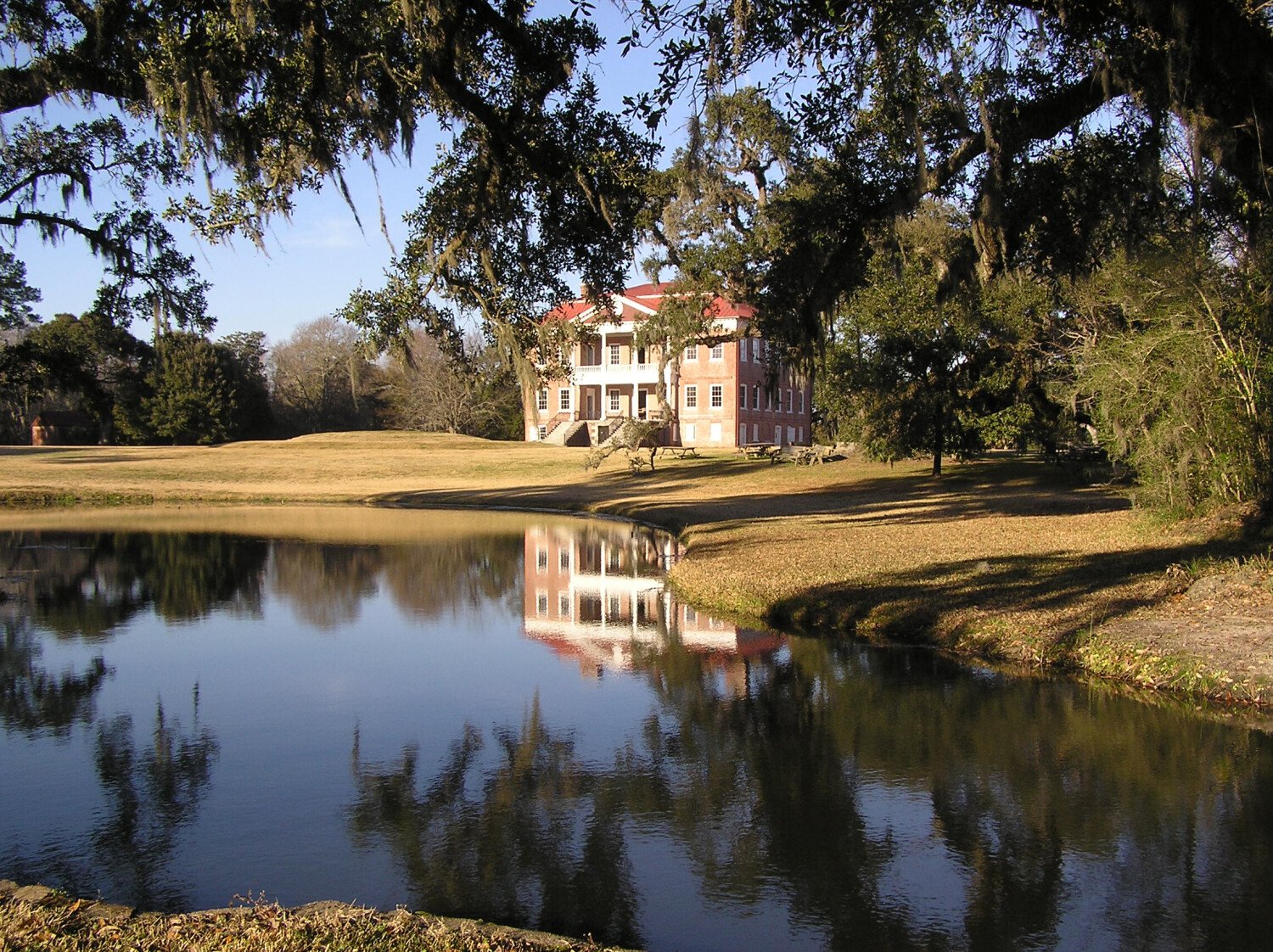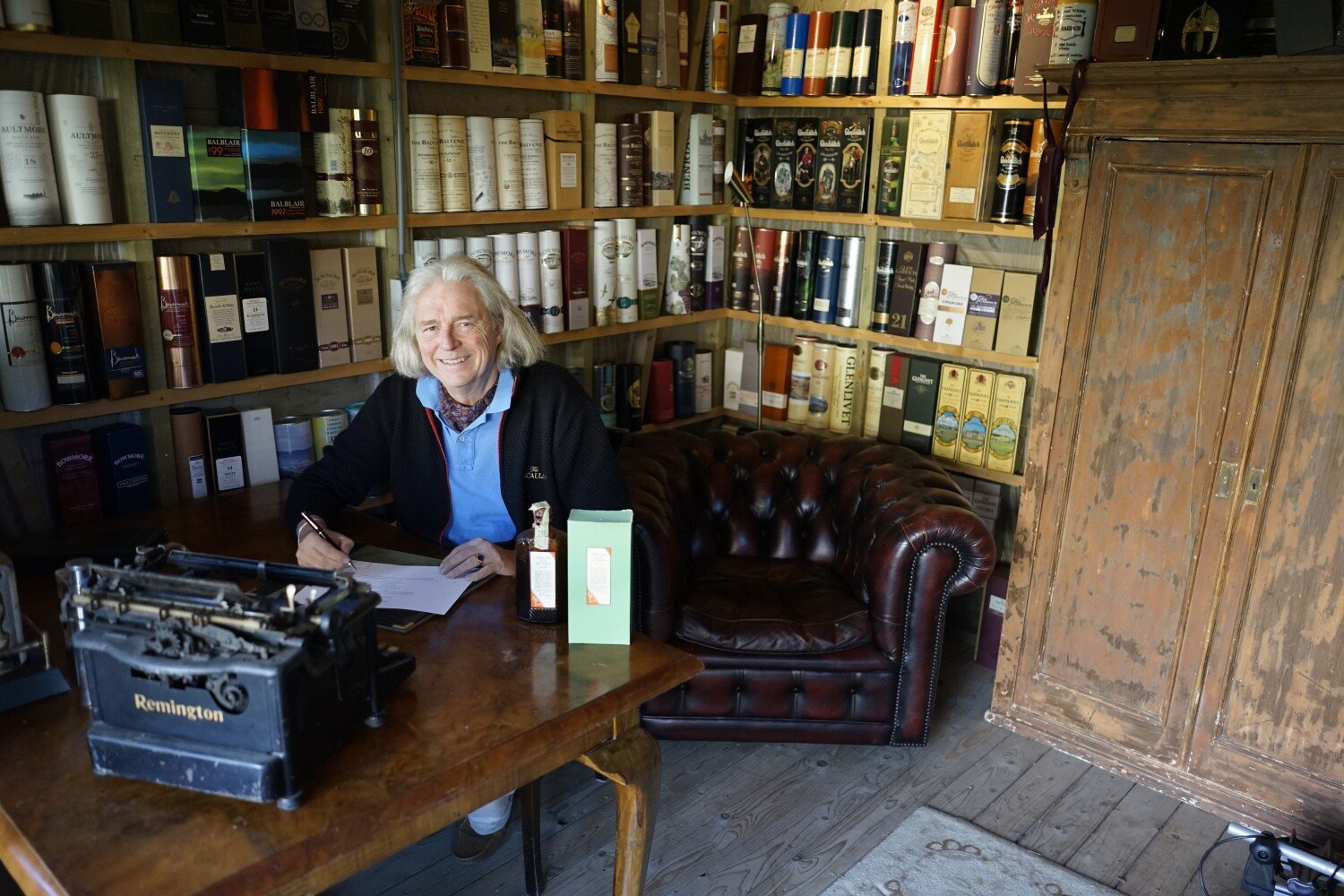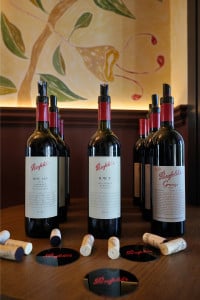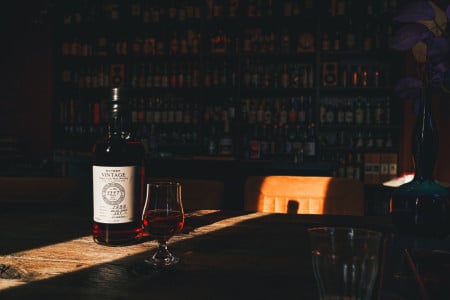How Best of Whiskies acquired a unique parcel of America’s ‘liquid history’
The Charleston Mercury has been around from the early 1800s. Since 2007 my wife Becky, who hails from Charleston, SC, and I have been writing a monthly column about whisky and whiskey for this newspaper, under the moniker The Whisky Couple.
We spend part of the year in Charleston, usually during the winter months. Over time we created quite a following in the ‘holy city’, as it is nicknamed because of its many spires and religious denominations. People frequently hail us on the street when we take our daily walk downtown to compliment us with the column, ask specific questions about whiskey and even approach us to do a private tasting in one of the grand old homes along the Battery.
One year when we had just returned to Europe, I received an interesting email from a certain lady. Since she insisted her name should not appear in our writings, we will call her Mrs B from now on. She wrote:
I have an unopened bottle of Special Old Reserve from The American Medicinal Spirits Company Incorporated. On the label is the following: Fine old bourbon whiskey made in Kentucky before prohibition, stored in the finest oak barrels for over 15 years and bottled in bond under Government supervision especially for the stockholders of the National Distillers Products Corporation. Produced by Harry E. Wilken, Distillery No. 368, 5th District of KY. I live in Charleston and have read, with interest, your articles in the Charleston Mercury. I look forward to perhaps chatting with you.
– Mrs B
Whilst reading her email, the hairs on my arms rose. This sounded too good to be true. Real pre-Prohibition bourbon? For medicinal purposes? Many whiskey lovers know the story about whisky as medicine during Prohibition, but would there still be bottled product from that period? Bottled at 15 years of age, but produced over a century ago. Wow! I consulted my archives and found, thanks to Sam Cecil’s excellent book about the history of bourbon in Kentucky (among other sources), various pieces that helped me solve the puzzle.
After some weeks we duly reported to Mrs B:
Dear Mrs B,
How nice to hear from you. We consulted some books in our library and are now able to tell you a bit more about the pedigree of your bottle.
The origins stem from 1872, but at the time the distillery where your whiskey would later be made, was part of the Newcomb-Buchanan group who built four distilleries in Kentucky: Anderson, Nelson, Buchanan and Graystone. The latter burnt down in July 1890 and was rebuilt as ‘Elk Run’, RD #368. Several new shareholders stepped in and enlarged the distillery. Around 1911 it was one of the largest distilleries in Kentucky. At that time Mr. Harry Wilkin was distillery manager.
Elk Run bottled the following brands: Anderson, Nelson, Buchanan, Slocum, Jefferson, Jackson, US Club, and Elk Run. They also produced for third parties under the name ‘Regan and Imorde’. During Prohibition the buildings were used for concentration houses. Fortunately the plant was not destroyed and after Prohibition, Elk Run came back in production. Part of the buildings were sold to Mr. Amil Klempner, who started a scrap metal yard on the property, which was still run by the Klempner Bros around 2001. In the mid 1980s National Distillers closed the plant and the buildings were converted to other uses.
The whiskey in your possession is most likely not one of the usual brands from Elk Run, but a batch especially bottled for shareholders. This practice has taken place at other distilleries for a long time and continues into the 21st century. Your whiskey however is very special not only because it survived for so long but also since it has been matured for 15 years, prior to bottling. That is pretty rare. Most bourbons are bottled at 4 to 8 years. You may encounter a 21-year-old Pappy van Winkle or an 18-year-old Elijah Craig, but those bottlings are all post-Prohibition.
Early next year we will be back in Charleston for some time and we would be honoured to meet you in person and have a look at your bottle. If it is genuine you possess something very rare and valuable.
With kind regards,
Hans & Becky Offringa, The Whisky Couple
Apparently, we piqued her interest. Within the day we received an answer.
Dear Mr Offringa,
Thanks very much for your response on my email and thank you for the background information concerning the distillery. I had forgotten to mention the date on the paper label that seals the top of the bottle. It reads: Distilled-Autumn 1917 – Bottled Autumn 1932.
I live downtown and would love to show you the packaging and some empty bottles when you have returned. My son lives close by and keeps the un-opened bottle. He may be persuaded to open it and let you have a taste.
Very much looking forward to meet you coming January.
Kindly yours,
Mrs B
Attached to her email were a couple of images showing an empty bottle and its packaging. I studied the label and noticed that, indeed, the contents were bottled during Prohibition, hence the mention of ‘medicinal purposes’ on the label. This was getting really interesting. If her son decided to cooperate, we might have a taste of something very special. I let it sink for some days and then answered Mrs B as follows:
Dear Mrs B,
Interesting pictures. It might be that the American Medicinal Spirits Company was founded especially for this type of bottling. An excellent way to circumvent unwanted interference from the ‘dry’ government at the time. Do you happen to know how this bottle came into your family’s possession?
Kind regards,
Hans


